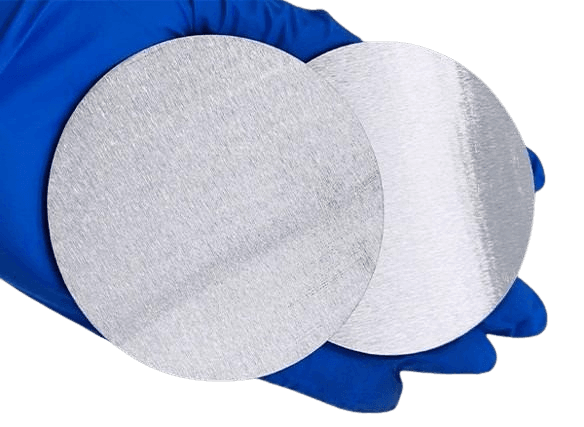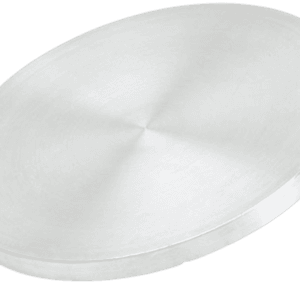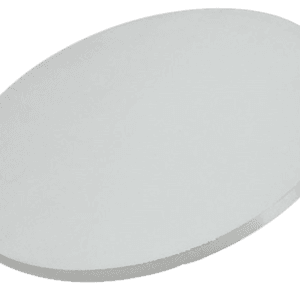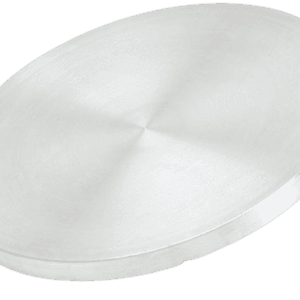Copper Zinc Telluride Sputtering Target Description
Copper Zinc Telluride Sputtering Target is a specialized material utilized in the sputter deposition process, a widely used technique for producing thin films in electronics and optoelectronics. During this process, the Copper Zinc Telluride Sputtering Target is bombarded with high-energy ions in a vacuum chamber, causing atoms or particles to be ejected from the target. These ejected particles then deposit onto a substrate, forming a thin film with the desired properties.
Related Product: CIGS Copper Indium Gallium Selenide Sputtering Target
Copper Zinc Telluride Sputtering Target Specifications
| Compound Formula | CuZnTe |
| Molecular Weight | N/A |
| Appearance | Gray target |
| Melting Point | N/A |
| Density (g/cm3) | N/A |
| Available Sizes | Dia.: 1.0″, 2.0″, 3.0″, 4.0″, 5.0″, 6.0″ Thick: 0.125″, 0.250″ |
Copper Zinc Telluride Sputtering Target Handling Notes
Indium bonding is recommended for Copper Zinc Telluride Sputtering Targets due to the material’s characteristics that are less suitable for sputtering, such as brittleness and low thermal conductivity. Copper Zinc Telluride has low thermal conductivity and is prone to thermal shock, making indium bonding a practical solution to ensure stable and effective sputtering performance.
Copper Zinc Telluride Sputtering Target Application
Copper Zinc Telluride Sputtering Target is widely utilized in the production of thin films for applications in photovoltaic cells, thermoelectric devices, and optoelectronic components.
Copper Zinc Telluride Sputtering Target Packaging
Our Copper Zinc Telluride Sputtering Targets are meticulously handled during storage and transportation to ensure they maintain their quality and integrity in their original condition.





Reviews
There are no reviews yet.